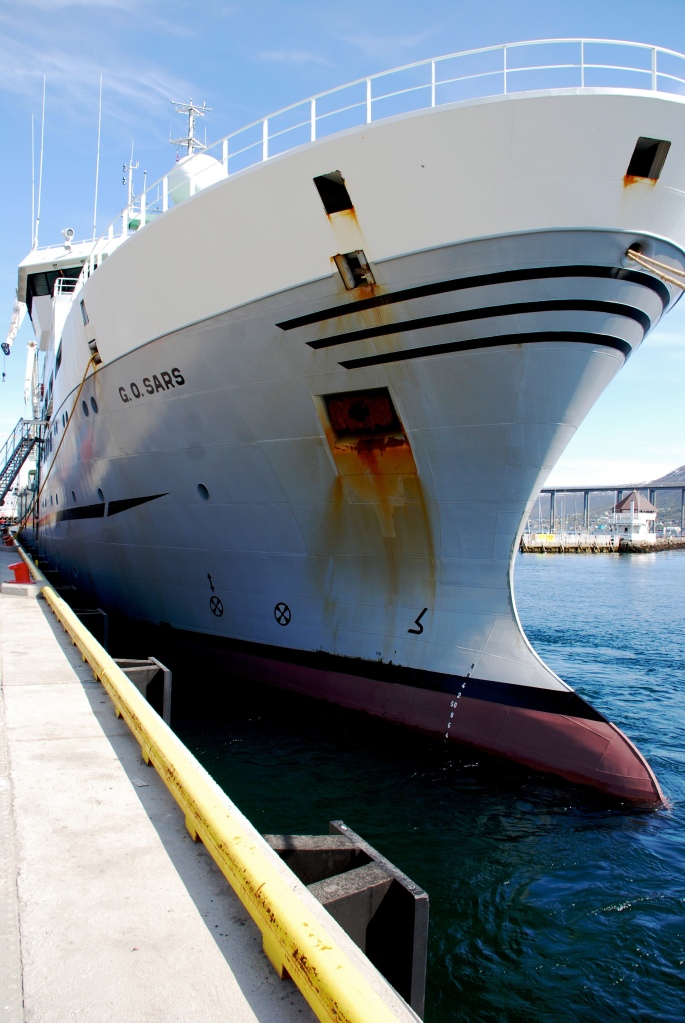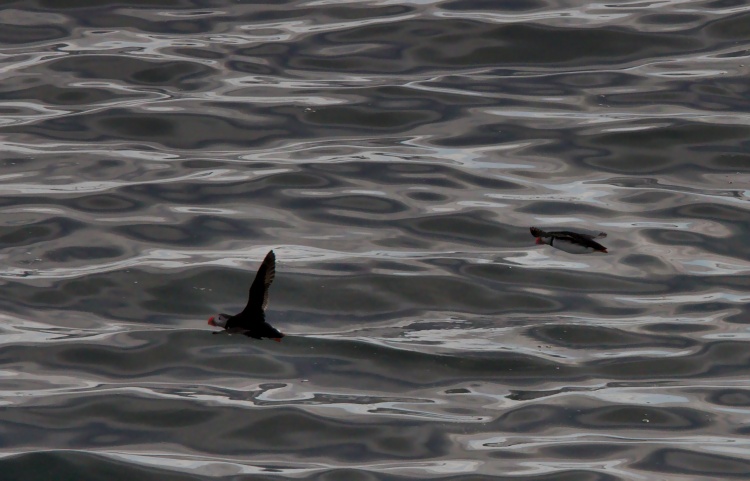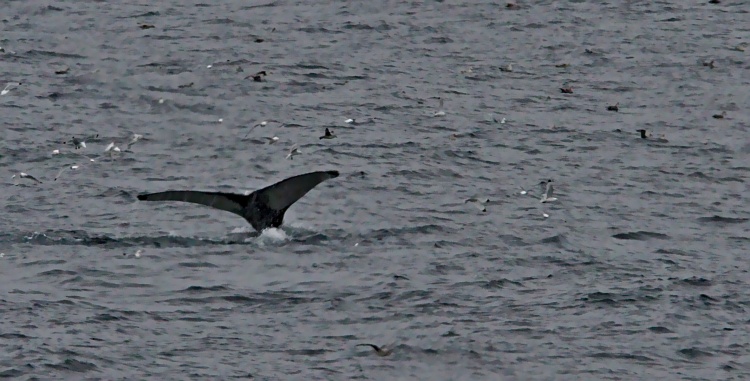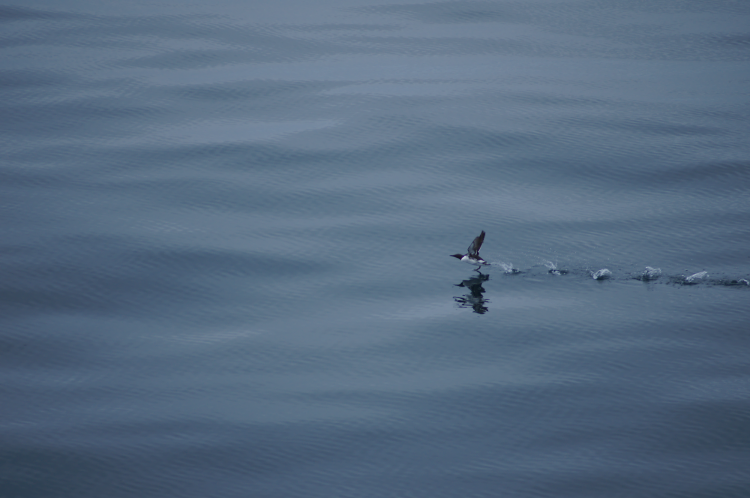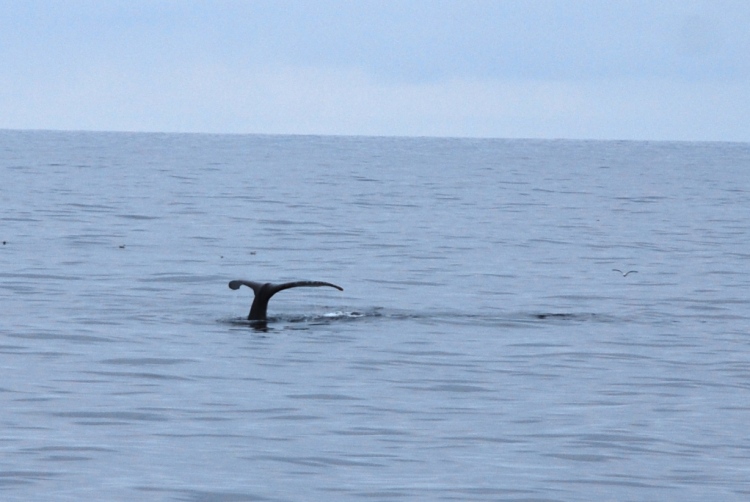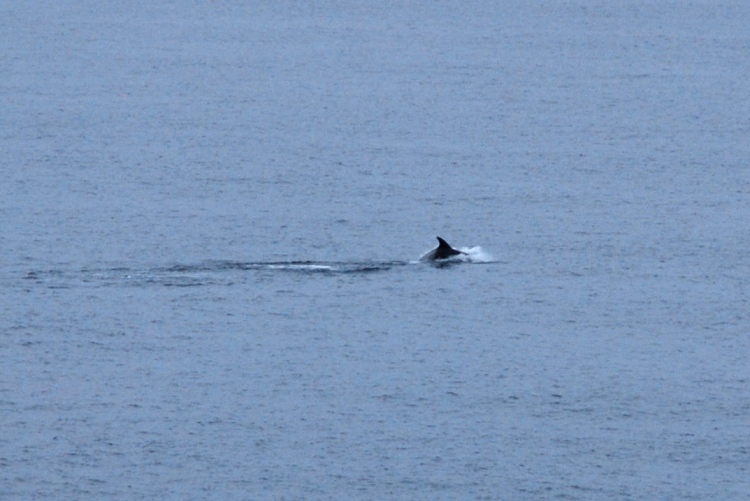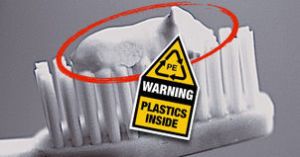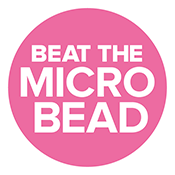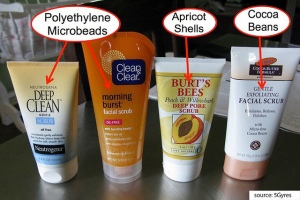Exciting news!! We have just returned from a research cruise to the Arctic!!!
About a year ago, Amy applied for funding from EUROFLEETS2 to piggyback a research cruise in polar waters near Svalbard to look at microplastics distribution. She was successful and awarded funding for herself and another person to join the PREPARED cruise, co-ordinated by Renata Lucchi from OGS, Trieste, Italy.
So on the 4th of June we made our way to the R.V. G.O Sars, one of Norway’s Polar research vessels.
The aim of the PREPARED cruise was to survey the PREsent and PAst flow REgime on contourite Drifts wests of Spitsbergen. So this fitted nicely with our aims to look at microplastic distribution in relation to water currents.
The total scientist party consisted of 28 multi-national researchers and 3 technicians from Italy, Norway, Sweden, Germany, Poland, Denmark, Russia, Netherlands, Brazil (Heidi!), Croatia and England (Amy!). This was a total of 12 institutions: OGS (National Institute of Oceanography and Experimental Geophysics), CNR-ISMAR (National Research Centre – Institute of Marine Sciences: Italy), Galway-Mayo Insinuate of Technology, Alfred Wegener Institute, University of Gothenburg, The Arctic University of Norway, Institute of Marine Research Norway, Norwegian Polar Institute, University of Bergen, Pisa University, UNIS: the university centre in Svalbard, Institute of Oceanology Polish Academy of Sciences.

Group photo: (L-R) Gianmarco, Ekaterina, Ragnheid, Sam, Ardo, Jan Sverre, Ilona, Amy, Paolo, Giulia, Stefano, Simone, Mauro, Heidi, Davide, Eli Anne, Katrine, Magdalena, Valentina, Fedrica, Caterina, Dag, Karin, Leonardo, Lorenzo, Vedrana, Renata (Photo: Renata Lucchi)
During the cruise “Team Plastic” consisted of Heidi, Amy and Valentina (from OGS, Italy). We collected samples from underway sampling, box cores and using a manta net. Sampling was conducted over 24 hour period and we worked shifts in rotation. Working at night did not really matter, after all, this far north it was 24 hour sunlight. As we got closer to the coast we were treated to some stunning views of midnight sun over Svalbard. There was a bit of spare time for some posing in the sun!
Throughout the cruise sediment samples were collected, and CTDs taken as well as a including a 20+ metre Calipso core, you can read more here at Giulia’s blog. She was taking part as a Teacher at Sea and has documented the cruise in lots of detail. Definitely have a look if you get the chance.

Heidi cleaning up after our most disgusting plankton tow nicknamed “whale vomit” (Photo: Amy Lusher)

Data entry time!! (Photo: Renata Lucchi)
As well as our sampling, we were lucky enough to see several species of marine mammals: dolphins, whales, and plenty of bird species: Fin whales, minke whales, sperm whales, humpback whales, unidentified dolphin (high dorsal fin, black curved back…possible orca….just sayin’…..), guillemots, Arctic fulmars, puffins, arctic terns, arctic skua, glaucous gull and little auks. We have to say special thanks for the stunning photos some of other researchers took. Here are just a few of the species we saw.
As a treat, our Chief Scientists decided to take the vessel into Hornsund. It was a beautiful evening and we had a lovely time sitting on the deck of the vessel watching whales and dolphins, there were even rumors of a polar bear climbing seen in the distance 🙂
We really enjoyed our time in the Arctic, we met some brilliant researchers and it was a great experience. Hopefully we can go back and repeat the sampling in the future. Time to get on with analysing our samples!!!
